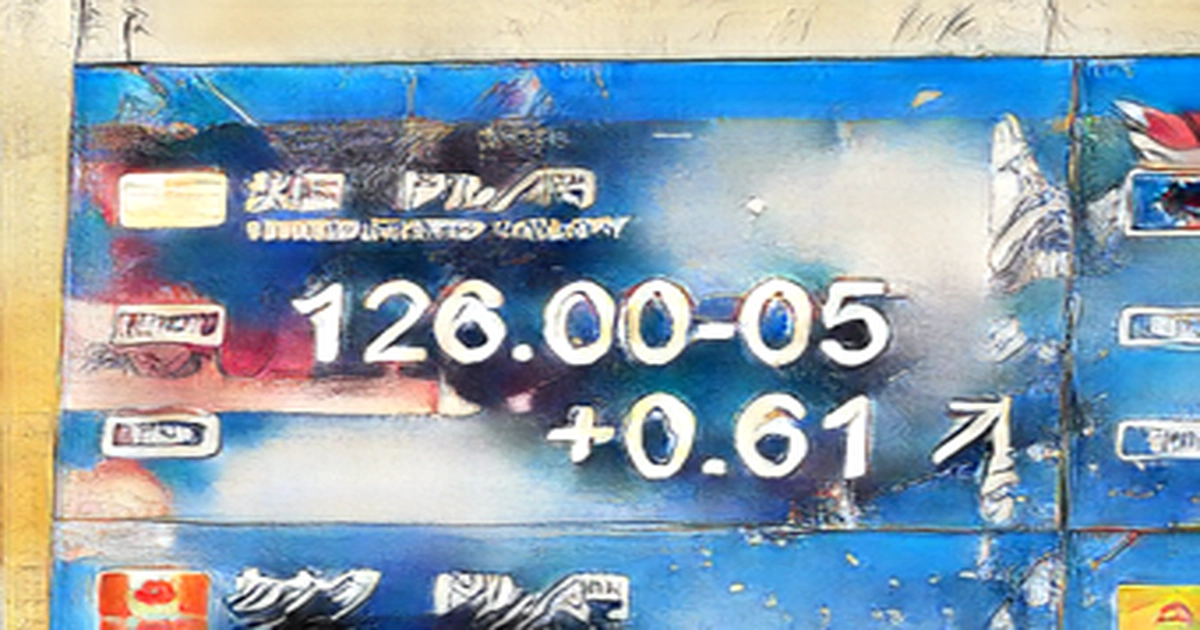
The yen was at 126 per dollar on April 13, the lowest level in nearly 20 years, according to a sign in the Marunouchi district of Tokyo. Taiki Koide A comment from the Bank of Japan governor has pushed the yen to its weakest level against the U.S. dollar in nearly two decades and fueled expectations of a further depreciation of the Japanese currency.
In a speech in Tokyo on April 13, Haruhiko Kuroda, the central bank chief, said that we will support economic activities that are still recovering from the Pandemic by persistently continuing with our powerful monetary easing policies.
The yen plunged to 126 per dollar, the lowest level since May 2002.
Currency trading insiders said Kuroda indicated that the Japanese central bank has no means to prop up the yen. Some experts predict that the yen will drop to as low as 130 per dollar.
Since March, the Japanese currency has fallen by more than 11 yen against the dollar, when the Federal Reserve Board raised interest rates for the first time since 2018.
On the other hand, the BOJ has kept its monetary easing policies in place, keeping Japan's interest rates low.
There are more central bank policies that have increased yen-selling and dollar-buying.
Some market players had predicted the BOJ would change its policies because of the weaker yen and increasing prices of imported products, which is threatening to strain the finances of businesses and households who are already reeling from the novel coronaviruses epidemic.
An economist from a major securities firm said Kuroda warranted yen-selling because it confirmed that the BOJ had no plan to correct the depreciation of the yen with monetary policies.
Finance Minister Shunichi Suzuki tried to calm movements of the yen on the evening of April 13.
He said that exchange rates are very problematic. We will watch the market carefully. The Japanese government intervened in the foreign exchange market in 2011 to regulate rates that were moving wildly in the aftermath of the Great East Japan Earthquake and tsunami disaster.
Some experts say there are doubts that another intervention would be effective.
If the yen falls to 130 per dollar or more, criticism about the yen's depreciation will escalate, and the government could intervene, said Tsuyoshi Ueno, a researcher at the NLI Research Institute. If the differences between the US and Japanese monetary policies remain obvious, the intervention of the government won't be so effective.
